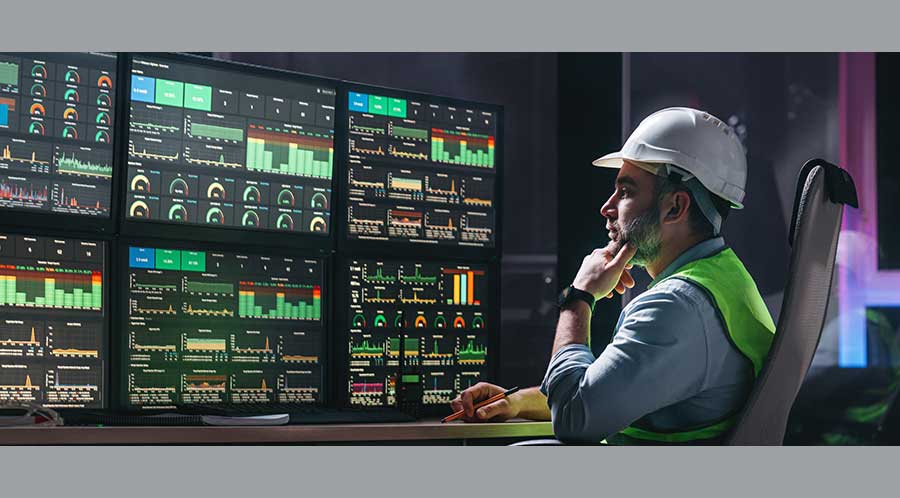From the Field: A Protocol for CMMS Data
By Aaron Groseclose, P.E.
Three years elapsed after the completion of a new construction project at Georgia State University before all the data related to the facility’s new equipment and systems had been entered in its computerized maintenance and engineering management system (CMMS). So when the university decided to build a new College of Law in downtown Atlanta, university officials asked their commissioning agent to gather, assemble and enter this essential data so the in-house facilities team could use the CMMS to generate work orders at building turnover.
Understanding Georgia State’s previous challenges with data transfer from design and construction to maintenance and engineering, RMF Engineering focused on the CMMS as part of an integrated approach throughout the commissioning process. As design and construction progressed, the firm conducted meetings with Georgia State’s facilities and information technology teams to answer five critical questions discussed in the accompanying article.
The engineering firm determined that the university’s goals were to transfer equipment information into the CMMS, to use the software to automatically generate preventive maintenance (PM) work orders, and to use the construction manager’s barcoding system combined with RMF’s equipment images to aid in equipment identification through the CMMS.
Data protocol
After meeting several times with the university and analyzing the construction information management processes, RMF Engineering developed a protocol. The construction manager used building information modeling (BIM) software for coordination, asset management and issue management. The firm’s pre-functional checklists, combined with the construction manager’s software data, provided all the information for the equipment information portion of the process.
RMF Engineering reviewed the operation and maintenance manuals submitted to the project team to find the PM procedures and schedules. For equipment that did not have a manual, the firm contacted manufacturers and provided industry best practices to develop remaining PM procedures and then assembled all the information into a spreadsheet specifically formatted for upload into the CMMS.
Finally, the firm provided the university with pictures of major equipment and copies of the QR codes the construction manager posted on all the equipment to help in-house operators integrate equipment identification with the CMMS. This strategy allowed an operator to scan the QR code at a piece of equipment and see all the information contained in the CMMS on the equipment, including a picture of the equipment after it was installed.
In the end, RMF Engineering and Georgia State University accomplished in a few months the transfer of information that previously had taken years.
— Aaron Groseclose, P.E
Related Topics:











